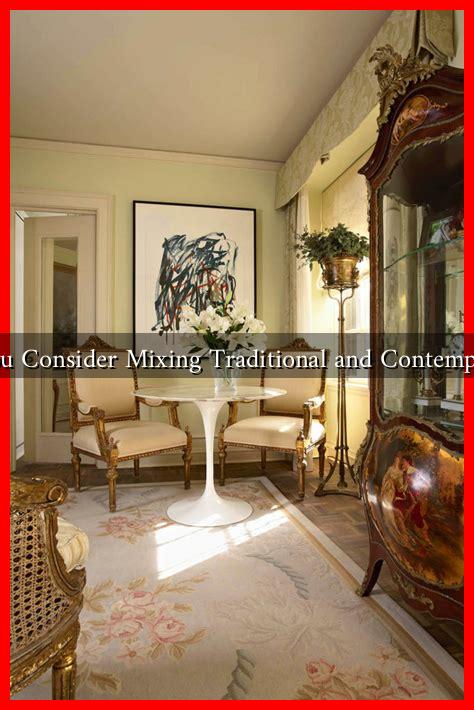-
Table of Contents
Should You Consider Mixing Traditional and Contemporary Art?
Art has always been a reflection of society, culture, and individual expression. As the art world evolves, the lines between traditional and contemporary art continue to blur. This article explores the merits and challenges of mixing these two distinct styles, providing insights for artists, collectors, and enthusiasts alike.
The Value of Traditional Art
Traditional art encompasses a wide range of styles and techniques that have been passed down through generations. This includes classical painting, sculpture, and crafts that often reflect cultural heritage and historical significance. Here are some reasons why traditional art holds value:
- Cultural Heritage: Traditional art often embodies the history and values of a culture, preserving stories and practices that might otherwise be forgotten.
- Technical Mastery: Many traditional art forms require years of training and practice, showcasing the skill and dedication of the artist.
- Timelessness: Traditional artworks often possess a timeless quality, making them relevant across generations.
The Allure of Contemporary Art
Contemporary art, on the other hand, is characterized by its focus on current themes, innovative techniques, and often, a departure from traditional forms. Here are some compelling aspects of contemporary art:
- Innovation: Contemporary artists frequently experiment with new materials and methods, pushing the boundaries of what art can be.
- Social Commentary: Many contemporary works address pressing social issues, making them relevant to today’s audiences.
- Diversity of Expression: Contemporary art embraces a wide range of styles and perspectives, reflecting the complexity of modern life.
Benefits of Mixing Traditional and Contemporary Art
Combining traditional and contemporary art can lead to exciting and innovative outcomes. Here are some benefits of this artistic fusion:
- Broader Appeal: Mixing styles can attract a wider audience, appealing to both traditional art lovers and contemporary enthusiasts.
- New Perspectives: Artists can gain fresh insights by blending techniques and themes from both styles, leading to unique creations.
- Enhanced Value: Artworks that successfully merge traditional and contemporary elements can often command higher prices in the market.
Case Studies: Successful Blends of Styles
Several artists have successfully merged traditional and contemporary art, creating works that resonate with diverse audiences. Notable examples include:
- Yayoi Kusama: Known for her polka dots and infinity rooms, Kusama incorporates traditional Japanese motifs into her contemporary installations.
- Ai Weiwei: This Chinese artist often uses traditional materials and techniques to comment on modern social issues, blending the old with the new.
- El Anatsui: His large-scale sculptures made from recycled materials reflect traditional African textile techniques while addressing contemporary themes of consumption and waste.
Challenges of Mixing Styles
While there are many benefits to mixing traditional and contemporary art, there are also challenges to consider:
- Authenticity Concerns: Some purists may view the blending of styles as a dilution of traditional art forms.
- Market Reception: The art market can be unpredictable, and mixed-style works may not always find a receptive audience.
- Technical Difficulties: Successfully merging techniques from different styles requires a deep understanding of both, which can be challenging for artists.
Conclusion: A Harmonious Future for Art
Mixing traditional and contemporary art offers a wealth of opportunities for innovation and expression. By embracing both styles, artists can create works that resonate with a diverse audience while preserving cultural heritage. However, it is essential to navigate the challenges thoughtfully, ensuring that the fusion is respectful and authentic. As the art world continues to evolve, the blending of traditional and contemporary elements may very well define the future of artistic expression.
For more insights on the evolving art landscape, consider exploring resources like Artsy or ArtNews.


